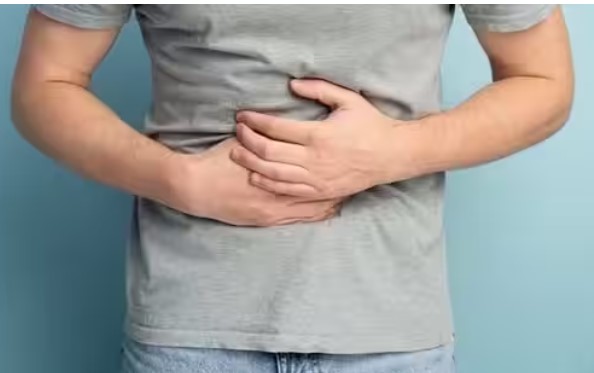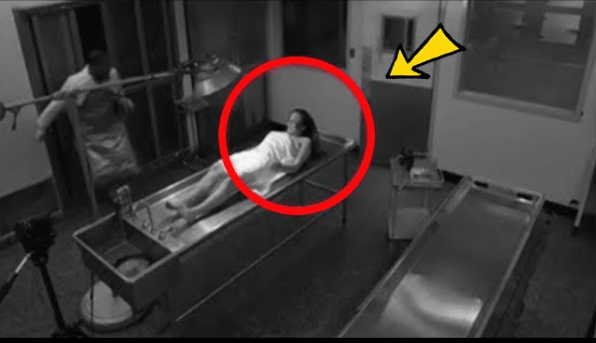The Vicious Cycle of Fat Build-up on the Liver: How to Break It with Exercise and Diet

The build-up of fat in the liver is a severe medical condition that can lead to numerous ailments. In layman’s terms, fatty liver refers to the accumulation of fat on the liver, which, if not treated, can progress into fibrosis and cirrhosis, among other complications that could be fatal. Fatty liver disease has been linked to trans fats, alcohol, added sugars, and fried foods. The liver is a vital organ that eliminates toxins and breaks down fats to make them digestible. However, the accumulation of fat on the liver curtails its proper function and leads to several ailments. While severe conditions require medical assistance, dietary and lifestyle changes can significantly control the disease.
“It is fairly common these days for people to suffer from steatosis, commonly known as fatty liver. The condition is identified when they get an ultrasound. Visceral fat, which refers to fat around body organs, behaves differently from subcutaneous fat, which refers to fat deposits below the skin. It acts as a gland to secrete hormones and chemicals that affect not only the lipid profile parameters but also the sugar metabolism and blood pressure. It leads to symptoms related to digestion and mild, local, right-upper abdominal discomfort,” says Dr. Natasha Kumrah, General Physician at Ruby Hall Clinic.
To reverse fatty liver, it is necessary to focus on the quality, quantity, and timing of one’s diet. This can be done under a dietician’s supervision and consultation along with regular activity. Here are some effective exercises suggested by Dr. Natasha that can help combat fatty liver:
- Cardio and Strength Training Exercises: Increasing physical activity by doing cardio and strength training exercises like weightlifting can increase basal metabolism to reduce fat deposits.
- Daily Walks: Going for a 45-minute walk in the morning or evening can help keep many lifestyle diseases at bay, from diabetes, blood pressure, heart diseases to fatty liver.
- Yoga: Many yoga asanas can help stimulate the liver and boost its function. For example, Kapal Bhati pranayama helps to improve blood circulation throughout the body and is ideal for the liver.
Apart from exercise, other healthy lifestyle changes can also enhance liver health. These include:
- Avoiding sugars: Snacks like cakes, pastries, and ice cream can lead to weight gain and be detrimental to your health.
- Avoiding oily and fried foods and adding green leafy vegetables: Eating too much fried and oily foods can increase calorie intake, leading to obesity.
- Adding Omega-3 to your diet: Consuming foods such as fish, nuts, seeds, plant oils, and soya bean oils can help reduce fat in the liver and, thereby, treat fatty liver.
- Reducing alcohol intake and drinking lots of water: Those with Non-Alcoholic Fatty Liver Disease may have increased liver damage and fat deposition as a result of moderate to high alcohol consumption. Hence, if you are diagnosed with NAFLD, you should abstain from all alcohol. Drinking enough water can help you maintain a healthy weight and, therefore, reduce your risk of fatty liver.
- Getting enough sleep: Sleeping for at least 7 to 8 hours a day can significantly help reduce the risk of fatty liver disease.
- Having a protein-rich diet: A low-carb and high-protein diet can do wonders for overall metabolism and reduce pre-existing illnesses.


